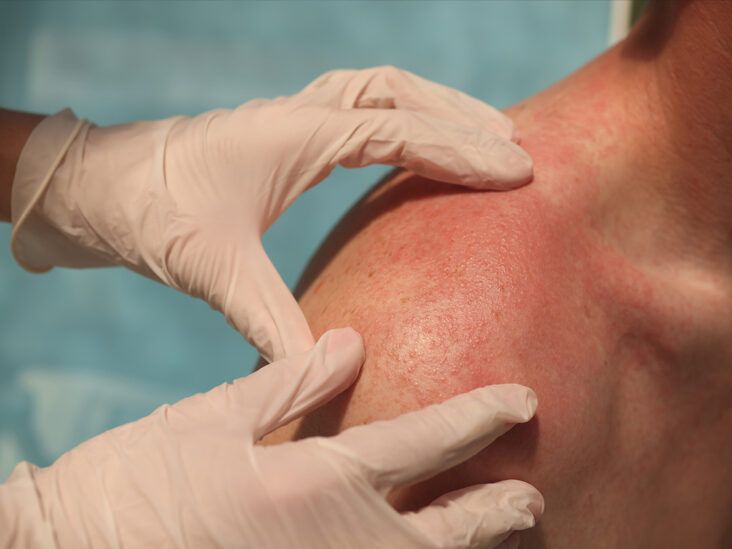Search for a reliable dermatologist to help you with cosmetic care.
Search for a reliable dermatologist to help you with cosmetic care.
Blog Article
Navigating Skin Cancer Cells Therapy: The Important Role of Mohs in Modern Dermatology Practices
Skin cancer, an overwhelming diagnosis, usually leaves clients grappling with countless treatment choices. As we discover the intricacies of this procedure, one will certainly value its crucial function in skin cancer cells treatment.
Recognizing Skin Cancer Cells: Kinds and Risks
Skin cancer cells, a potentially serious condition, is even more widespread than many individuals realize. This condition, brought on by the unrestrained development of uncommon skin cells, mainly results from DNA damages as a result of exposure to the sun and ultraviolet (UV) light. There are three primary kinds of skin cancer cells: Basal cell carcinoma, Squamous cell carcinoma, and Cancer malignancy. While the previous 2 are much less lethal and make up most of identified situations, cancer malignancy is one of the most dangerous. It accounts for only regarding 1% of skin cancer situations however triggers the huge bulk of skin cancer cells deaths - dermatologist. Risk factors include fair skin, history of sunburn, excessive sun direct exposure, living at high elevations or near to the equator, having several moles, a household history of skin cancer cells, and compromised body immune system.
What Is Mohs Surgical procedure and Exactly How It's Reinventing Skin Cancer Therapy
Despite the numerous therapies presently offered for skin cancer, Mohs surgical treatment stands apart as a groundbreaking and very efficient remedy. Called after Frederic E. Mohs, the doctor that developed the treatment, Mohs surgery is a specific surgical method used to treat skin cancer cells. During the treatment, thin layers of cancer-containing skin are gradually gotten rid of and analyzed till only cancer-free tissue continues to be. This approach enables the surgeon to validate that all cancer cells have actually been removed at the time of surgical treatment. This degree of precision, integrated with the capacity to save as much healthy cells as feasible, is transforming skin cancer cells therapy. Because of this, Mohs surgery has actually come to be a cornerstone of modern dermatology methods.
The Advantages of Mohs Surgical Procedure Over Conventional Skin Cancer Therapies
Building on the ingenious nature of Mohs surgical procedure, it's critical to consider its various benefits over conventional skin cancer cells treatments. Unlike common treatments, Mohs provides a greater treatment price, often reaching 99% for first-time treatments and 94% for recurring cancers. In addition, it minimizes damage to healthy and balanced skin, leading to less scarring and boosted cosmetic results.
The Procedure of Mohs Surgical Treatment: What to Expect Throughout the Process

Potential Side Results and Post-Operative Care of Mohs Surgical Treatment
Undergoing Mohs surgical treatment, like any kind of other procedure, includes potential negative effects that people ought to recognize. Usual negative effects consist of pain, bruising, and swelling at the surgical treatment site. Nevertheless, these are generally temporary and workable with over-the-counter pain medicine and ice packs. In rare situations, individuals might experience infection, blood loss, or an allergic reaction to the regional anesthetic. Post-operative treatment is crucial to healing and decreasing side effects. This typically includes maintaining the injury tidy and completely dry, taking recommended drugs, and staying clear of arduous tasks. Patients should also attend all follow-up visits for Get More Information wound care and tracking. Sometimes, extra treatments might be essential to ensure complete elimination of the malignant cells. Sticking to these post-operative treatment standards can considerably improve our website healing and results.
Verdict

Report this page